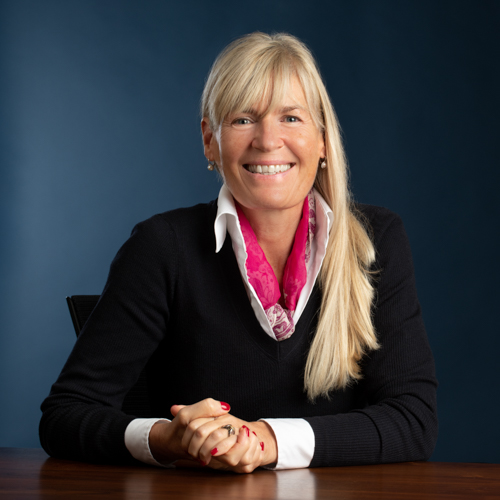|
Getting your Trinity Audio player ready...
|
Think about the work and life experiences you have had. Consider the different skills you have acquired and the natural skills you possess. Think about what you have learned about the job market. Think about what you have learned about yourself and how you work. Reflect on the perspectives you have gained. If you could create a job, a role or a profession for yourself, what would you design, what would you be doing and why?
As a Career Counsellor, I believe creativity plays a role in career development, career maintenance and career change, so I have sometimes posed this question to my clients. Increasingly, their responses are quicker, and the ideas they share are more formalized and very creative.
The career landscape is changing
Where does that creativity come from? Increasing changes in the job market, how we work, and the meaning work and career hold for us bring shifts in our relationship with work and career and how we develop and maintain our career lives.
Here are 7 examples of changes and realities we are absorbing:
- Negative news about the future of certain jobs and industries, including the growing impact of AI.
- A perceived and a real lack of opportunities for decent work.
- A growing disinterest in traditional career paths and working 9 – 5.
- Changes to the structures of how we work and where we work.
- The reality of having more than one career in a lifetime and the reality of having concurrent jobs.
- The elevation of meaning, fulfillment, purpose and contribution as important personal criteria for work and career life.
- The recognition that lived experience, discrimination, racism, ageism, neurodiversity and mental health – to name but a few – affect our experiences of work and career.
Given these realities and the changes they produce, do we want more personal control and more creativity in designing the flow of our career lives?
Let’s consider 5 “realities” that have opened space for creativity in developing, maintaining or changing our career lives.
1. Embracing challenges
Young adults face the probability of having more than one career during their lives. This means many young adults are anticipating change and testing their capacity for change as they begin to develop their career lives.
New approaches to career development have emerged to meet this reality. These approaches focus on the issues, ideas, challenges and questions young adults will be facing and their creative responses, versus emphasizing job titles and roles that may or may not exist in 10 years. These new approaches encourage creative imagining as an important component of designing a career life and building personal capacity for change.
2. Meaning and purpose
For young, mid-career and even retirement-aged adults, the “ingredients” for a good career life have changed. These ingredients are far more experiential. These cohorts increasingly want to experience work and their career lives as fulfilling, meaningful and purposeful. In my experience, clients want and value more creative strategies that better reflect their lived experiences and these experiential “wants.”

3. Navigating barriers
At any stage of life, we can come up against the reality that accessibility and opportunities for decent work remain unequal. These inequities affect the resources an individual can access in developing their career lives. These inequities affect an individual’s freedom and choice to change the trajectory of their career lives, as well as the overall relationship an individual has with work and career. Increasingly these realities are fostering creative and innovative ideas to circumnavigate these inequities.
4. The challenge of burnout
Burnout is a reality that negatively affects the experience of work and career for many individuals. Burnout also remains systemically pervasive in many work environments contributing to retention issues and frequent career change. The experience of burnout – while certainly challenging physically, emotionally and cognitively – can also foster creative and innovative ideas for changes to work environments, different ways of working, and an increased awareness of the links between well-being and engagement.
5. Re-evaluating retirement
The duration of a career life and how we define “retirement” is changing. Many individuals aged 55+ are increasingly unable to retire financially, do not want to retire, and/or want to experience more meaningful and purposeful work. Within these growing realities, many are finding ways to create new roles/professions that may fill gaps in the job market by leveraging their experiences, the perspectives they have gained from their successes and failures, the wide range of skills they possess and their networks.
As career professionals, we can reflect on how we can best support our clients amid these changing realities. How can we meet the changing relationship clients have with work and career? How can we open space for more creativity in career development, career maintenance and career change? How can we foster clients’ creativity?







